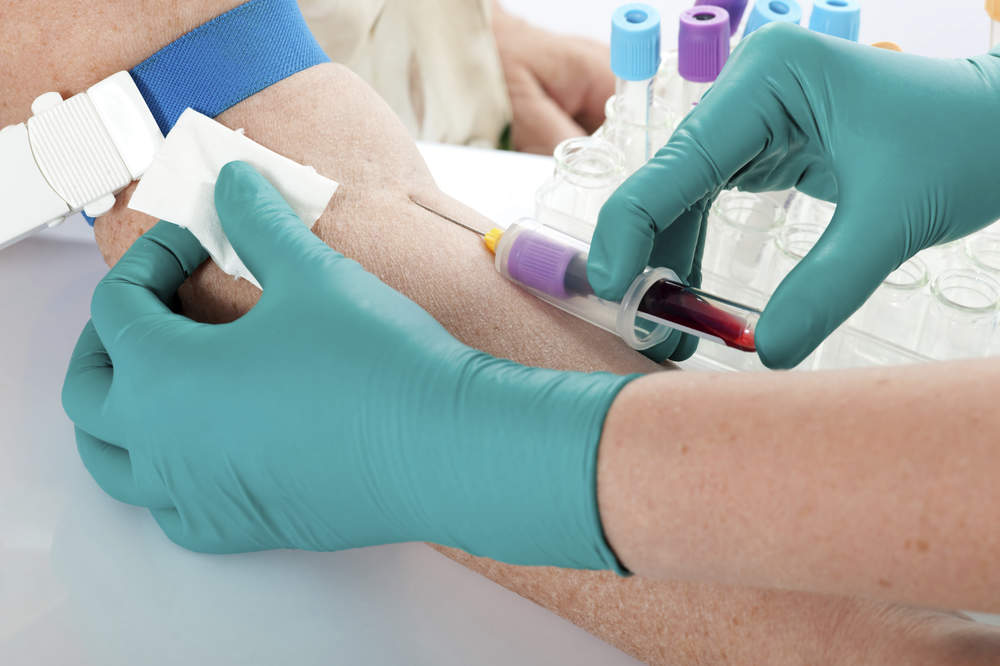
©iStock.com/AlexRaths
THIS ARTICLE IS MORE THAN FIVE YEARS OLD
This article is more than five years old. Autism research — and science in general — is constantly evolving, so older articles may contain information or theories that have been reevaluated since their original publication date.
Combining two genetic tests with a physical exam may flag young children at risk for autism years earlier than behavioral assessments do, suggests a new study.
The two genetic tests highlight large chromosomal glitches or mutations. The clinical exam checks the children for unusual physical features called dysmorphologies. Researchers described the advantages of combining these approaches 1 September in the Journal of the American Medical Association1.
Early detection of autism would allow parents to get a jump-start on treatment.
“This would allow behavioral intervention to occur years before the average age at which the clinical diagnoses are currently made,” says Bridget Fernandez, chair of genetics at Memorial University of Newfoundland in Canada and a lead investigator on the study.
Fernandez and her colleagues analyzed DNA from 258 children who were diagnosed with autism based on behavioral tests. They first performed chromosomal microarray analysis, which scans genomes for large DNA deletions and duplications. For samples from 95 of the children, they also examined the exome, the fraction of the genome that encodes proteins, using a technique known as whole-exome sequencing.
Using microarrays alone, the researchers found autism-linked mutations in 9.3 percent of the children. Whole-exome sequencing alone performed almost as well, flagging 8.4 percent of the children. When the researchers combined both tests, they were able to identify mutations associated with autism in 15.8 percent of the children.
Although these genetic tests did not diagnose all the cases of autism that behavioral tests did, their ability to identify some children with autism years earlier could benefit many families. A 2013 survey found that 80 percent of parents who have one child with autism would want to test their later-born children for autism before age 22.
Getting physical:
The researchers performed physical exams on the children to divide them into three groups based on dysmorphologies — physical features ranging from brain structure abnormalities to low-set ears. Roughly 11 percent of the children have severe dysmorphology. Most of the children — 69 percent — have mild or no identifiable physical abnormalities. The remaining 20 percent have moderate physical signs.
Children with severe dysmorphology are more likely to screen positive for mutations on either genetic test, the researchers found. “Those with physical aberrations represent a subset that often carry changes in the genome that caused both the morphologic abnormalities and autism spectrum disorder,” Fernandez says.
Both genetic tests identified autism-linked mutations in 37.5 percent of children with severe dysmorphology and in 28.6 percent of those with moderate symptoms. By contrast, the tests only captured such mutations in 6.3 percent of children with mild dysmorphology. This suggests that children with unusual physical features might benefit most from genetic testing.
“I’ve been pushing everybody to do good dysmorphology exams,” says Judith Miles, professor emerita of child health-genetics at the University of Missouri in Columbia, who was not involved in the study. “Not everybody does them, and hopefully now they’re all kicking themselves for not doing them.”
Previous research has suggested that children who differ in their degree of dysmorphology also differ predictably in their intelligence quotients (IQs), notes Catherine Lord, professor of psychology at Weill Cornell Medical College in New York, who was not involved in the study. Although Fernandez and her colleagues found comparable IQs among the three groups, Lord notes there were fewer IQ scores from children who have moderate and severe dysmorphologies than from those who have mild ones — a fact that could mask IQ differences among the groups. Along with physical anomalies, low IQ might also indicate that genetic testing is warranted, she says.
Each of the genetic tests used in the study costs roughly $1,000. Although health insurance companies in the U.S. often pay for chromosomal microarray analysis, coverage for whole-exome sequencing is only starting to catch on. “With [severe dysmorphology], one might be able to make a better case for insurance to pay for both tests,” Miles says.
By joining the discussion, you agree to our privacy policy.